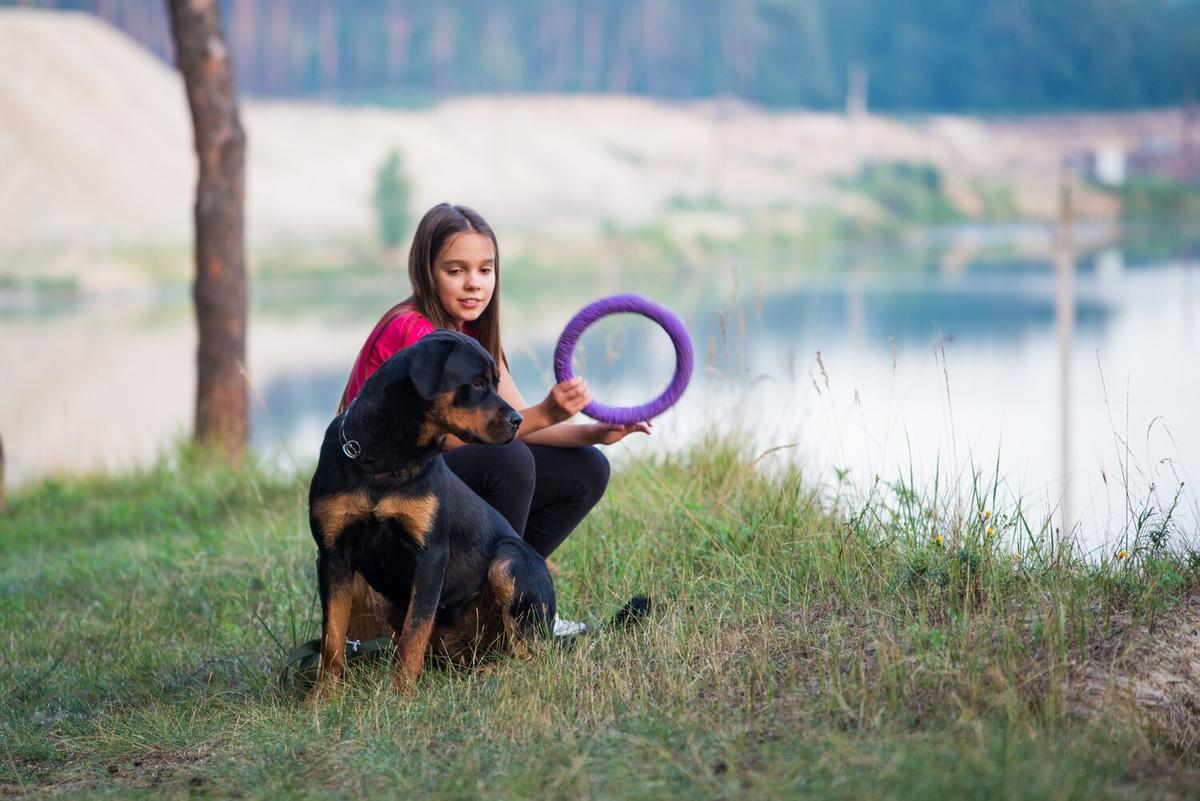
Clicker Training: A Fun Way to Teach Old Dogs New Tricks
Bringing a sense of playfulness into training can transform the way older dogs learn new tricks. Clicker training, a method rooted in positive reinforcement, has gained popularity for its effectiveness and ability to engage dogs of any age.
Clicker training is an innovative approach to dog training that leverages the sound of a click to signal to your dog that they have performed a desired behavior. This method not only fosters a positive learning environment but also strengthens the bond between you and your furry friend.
Understanding Clicker Training
Clicker training works by creating an association between the sound of a click and a reward. When your dog performs a behavior you want to encourage, you click the clicker and immediately follow with a treat. Over time, your dog learns to associate the click with a job well done.
Expert Insights
According to renowned animal behaviorist Dr. Karen Pryor, “Clicker training is a science-based way to communicate with your pet. It’s easier than you think to become an expert clicker trainer, and the results are worth it.” This method has been backed by numerous studies showing its efficacy in improving communication and learning in dogs.
Benefits of Clicker Training
- Encourages positive behavior through reinforcement.
- Strengthens the bond between owner and pet.
- Effective for dogs of all ages, including older dogs.
- Improves mental stimulation and reduces boredom.
Personal Experiences: A Tale of Transformation
Consider Joe and his 10-year-old Labrador, Max. Initially skeptical, Joe decided to give clicker training a try. Within weeks, Max was not only performing new tricks but also showing increased enthusiasm and engagement during training sessions. Joe reports that Max now eagerly anticipates their training time together.
Actionable Tips for Success
- Start with Simple Commands: Begin with basic commands like sit or stay, using the clicker to reinforce positive behavior.
- Be Consistent: Consistency is key. Use the clicker every time your dog performs the desired action.
- Keep Sessions Short: Limit training sessions to 5-10 minutes to keep your dog focused and engaged.
- Use High-Value Treats: Choose treats your dog loves to maximize motivation.
Clicker Training vs. Traditional Training
| Aspect | Clicker Training | Traditional Training |
|---|---|---|
| Method | Positive reinforcement | Mixed methods |
| Tools | Clicker and treats | Leash, verbal cues |
| Focus | Rewarding good behavior | Correcting undesired behavior |
| Engagement | High | Variable |
| Success Rate | Generally high | Depends on method used |
| Suitable for All Ages | Yes | Yes, but may vary |
| Ease of Use | Easy to learn | Varies |
| Bond Building | Strong | Varies |
Frequently Asked Questions
Can older dogs really learn new tricks?
Yes, clicker training can be an effective way for older dogs to learn new behaviors due to its positive reinforcement approach.
What if my dog is afraid of the clicker sound?
Try desensitizing your dog by muffling the clicker with a cloth or using a softer sound at first.
How long does it take to see results?
Results can vary, but many dog owners see improvements within a few weeks of consistent training.
Conclusion
Clicker training offers a fun and engaging way to teach new tricks to dogs of all ages, including those in their golden years. By harnessing the power of positive reinforcement, you can enhance your dog’s learning experience while building a stronger bond. Give it a try and watch your pet thrive in their training journey.


